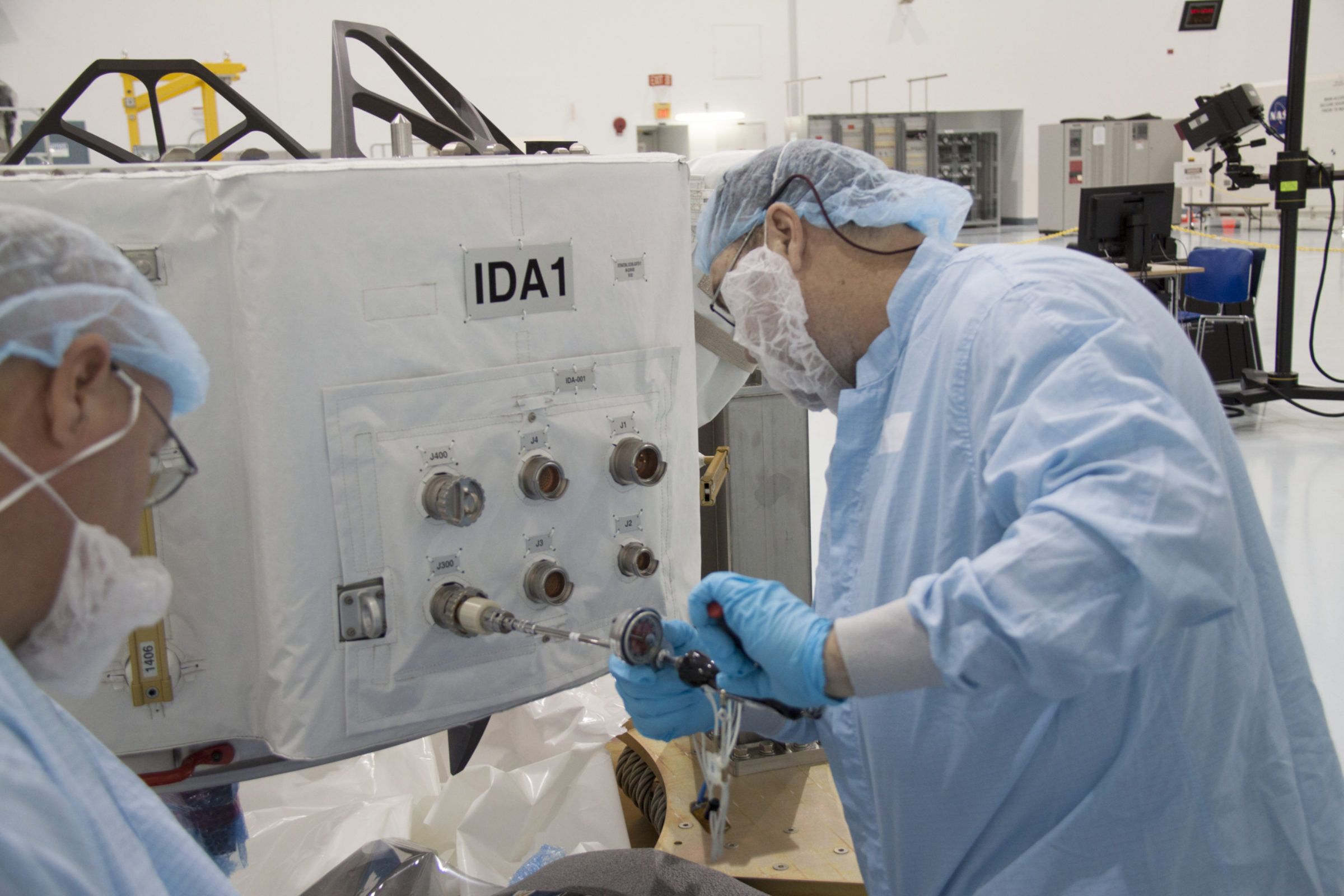Jason Davis • Jul 20, 2015
Broken Bottle Strut Likely Doomed Falcon 9 Rocket, Says Elon Musk
The demise of an International Space Station-bound Falcon 9 rocket last month was likely caused by a broken liquid helium bottle strut, according to SpaceX CEO Elon Musk. Speaking to reporters by phone, Musk said the mishap, which occurred 139 seconds into the flight of CRS-7, flooded the upper stage liquid oxygen tank with excess helium. The tank overpressurized, ruptured, and the rocket disintegrated shortly thereafter.
"I do have to point out that this is an initial assessment," Musk said. "Further investigation may reveal more over time."
High-pressure liquid helium bottles are stored inside the first and second stage liquid oxygen tanks. The helium, which is presurized to 5,500 pounds per square inch, is used to replace spent propellant as the rocket ascends. This gives the tanks structural stability while providing the compression necessary to power the engines.
Inside the upper stage liquid oxygen tank, a steel strut about two feet long and an inch wide at its thickest point appears to have snapped, Musk said. "One of those struts appears to have failed, and as a result was unable to hold the helium bottle down. So the helium bottle was shot to the top of the tank at high speed."
The strut was not made in-house by SpaceX, but Musk declined to name the supplier. Falcon components are tested on the ground, culminating with a hold-down engine firing a few days before launch. But no simulation can completely mimic the extreme forces of a ride to orbit, said Musk. When Falcon disintegrated, the rocket was experiencing about 3.2 times the force of gravity.
SpaceX CRS-7 liftoff video (NASA TV) Video: NASA
In launch videos, the gumdrop-shaped Dragon spacecraft can be seen tumbling away from Falcon through the cloud of rapidly venting liquid oxygen. Dragon continued to communicate with ground controllers until it fell behind the horizon, impacting in the Atlantic Ocean. The cargo carft was carrying 1.8 metric tons of ISS supplies, along with a docking adapter in its unpressurized trunk designed to allow future commercial crew vehicles to dock at the station.
Though Dragon was equipped with parachutes meant for the trip home several weeks later, it did not contain the necessary software to make use of that potential lifeline. From now on, Musk said, all Dragons will be equipped with this feature. If the parachute had deployed, SpaceX believes the vehicle would have survived its fall.
The Falcon 9 is not expected to return to flight until at least September, and the rocket's cargo manifest may be shuffled. The loss of Dragon was the third ISS resupply mission to end in disaster in just eight months. A Cygnus craft was destroyed by an Antares explosion last October, and a Russian Progress vehicle failed to reach the station in April. Progress returned to action earlier this month with a successful cargo delivery.
The accident will also delay the first flight of SpaceX’s new Falcon Heavy rocket. Musk said the beefy launch vehicle's development had been "de-prioritized," with its maiden flight expected no sooner than April 2016. The Planetary Society’s LightSail spacecraft will hitch a ride to space aboard the Heavy’s first operational flight, which had been roughly scheduled for Fall 2016.
Musk said certification of the faulty helium bottle strut was previously the responsibility of the manufacturer. Moving forward, SpaceX will test each strut individually This could increase the cost of each Falcon flight, but according to Musk, the financial burden might not be passed on to customers.
Before June, Falcon flew 18 times in a row without a major problem. Musk said his company has since grown from 500 people to 4,000. "The vast number of people we have at the company today have only seen success. When you’ve only seen success, you aren’t as afraid of failure," he said.

Support our core enterprises
Your support powers our mission to explore worlds, find life, and defend Earth. You make all the difference when you make a gift. Give today!
Donate

 Explore Worlds
Explore Worlds Find Life
Find Life Defend Earth
Defend Earth

